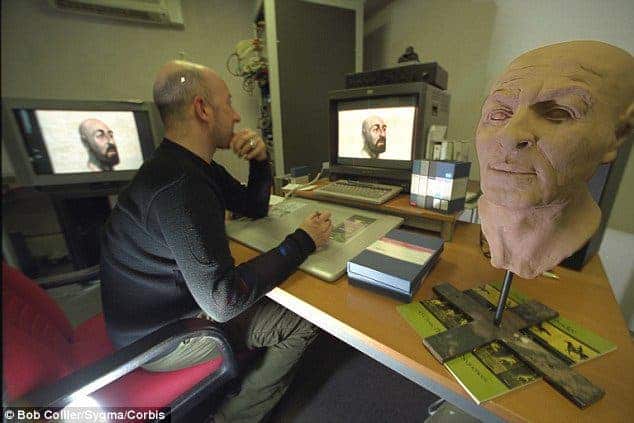Christianity is currently the world’s largest religious movement, with an estimated 2.2 billion followers. And because he plays such a huge role in christian mythos and practice, and because of the influence he’s had on the course of history (we even date our years after his birth), we all know how Jesus Christ looks like. We’ve seen it in paintings, on TV, in church, on Christmas; he’s white, long haired and wears something thorny. Right?
Well, truth is we’ll never really know for certain, but we can approximate what he would have looked like.

Image via art-sheep
With all the imagery of Jesus that we’ve learned to take for granted it’s easy to forget that not only was he born over 2000 years ago, but for most of you he was also born somewhere very far away — in the region of Galilea, today in northern Israel. So, to help us get a clearer picture, back in 2002 Richard Neave, forensic facial reconstruction expert and former medical artist from the University of Manchester, decided to recreate a typical resident of the region Jesus was born.

Neave and a team of Israeli archaeologists started from three Galilean Semite skulls found in the area around Jerusalem. Then they used computerized tomography to create 3D cross-sectional images of these skulls, which they fed into a facial generator software to create a mock-up of what the men looked like.
From these, Neave was able to cast a typical skull of a man from that area. With information on soft tissue thickness from another reconstruction software he applied layers of clay to the 3D cast to recreate the muscles and skin. The team had to turn to ancient drawings found throughout the region to estimate how his hair, skin tone or eyes looked like, with the final result in the picture above.







